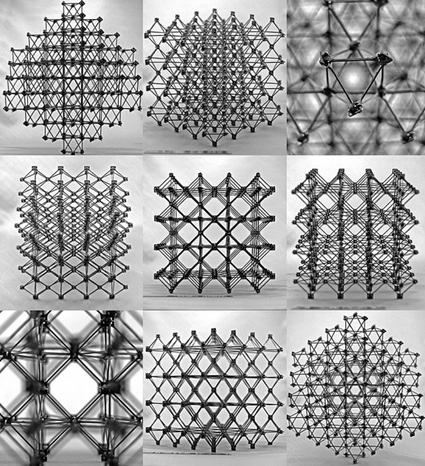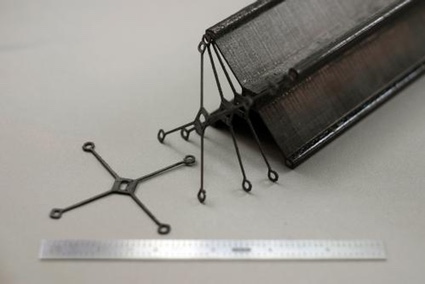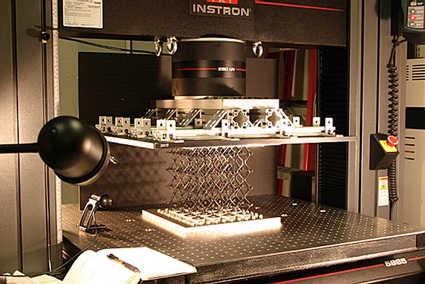Revolutionary Carbon Fiber Building System: The Future of Construction Carbon fiber has taken the construction world by storm, earning praise from industry leaders for its incredible strength-to-weight ratio and durability. However, traditional carbon fiber manufacturing involves creating large, continuous structures, which requires massive equipment and infrastructure. While 3D printing has been used to produce small carbon fiber parts, it's still not practical for building large-scale structures like bridges, rockets, or airplane wings. But what if we could 3D print smaller components and then assemble them into a full-scale structure? This question sparked a groundbreaking project led by MIT researchers Neil Gershenfeld and Kenneth Chueng, who have developed a new carbon fiber building system that could change the future of construction forever. Mit’s innovative approach combines three key areas of research: fiber composites, cellular materials with porous structures, and additive manufacturing—like 3D printing. From tiny objects to massive buildings, even in space, these carbon fiber blocks, called "cubocts," offer incredible potential for constructing everything from airplanes and rocket parts to bridges and levees. These interlocking pieces resemble K'Nex or Legos, but they are ten times stiffer than similar lightweight materials, making them incredibly strong while remaining remarkably light. The cubocts are made from carbon fiber infused with epoxy resin and molded into flat "X" shapes. Each "X" features a central hole that fits perfectly with the leg of another "X," forming a strong, vertex-connected octahedron structure. This design allows for flexible assembly, disassembly, and reconfiguration, enabling architects and engineers to build structures with varying levels of strength and resilience. Whether it's resistance to twisting, impact, or bending, these dynamic blocks offer unmatched adaptability. In testing, the carbon fiber bricks withstood an impressive 12.3 megapascals of pressure, all while maintaining a very low density of just 7.2 milligrams per cubic centimeter. What makes this technology truly revolutionary is its flexibility. While each X-shaped block is rigid on its own, they can be easily assembled, rearranged, or replaced, giving builders endless creative possibilities. By combining different blocks, multi-directional strength can be achieved. The ultimate goal is to use robots to mass-produce and assemble these blocks into complex structures seamlessly. Researchers also hope to develop self-reconfiguring carbon fiber materials that can adapt in real-time to environmental conditions and forces. Traditional carbon fiber is expensive to produce and difficult to repair when damaged. MIT’s cubocts provide the same lightweight strength without the need for huge manufacturing facilities, significantly reducing costs. Plus, the ability to replace individual damaged blocks means less waste and more efficient repairs. Compared to concrete and steel, this technology uses far less material to support the same load, cutting down on both construction and maintenance expenses. Vehicles built with cubocts would be lighter, leading to better fuel efficiency and lower operating costs. The applications of this technology are almost limitless. As the team continues to refine their design, one thing is clear: the future of construction may look a lot like a giant set of interlocking puzzle pieces. The only question left is whether this bold vision will become a reality. Industrial Agitator,Industrial Stirrer,Industrial Agitator Mixer,Industrial Mixers And Agitators wuxi top mixer equipment co.,ltd , https://www.wxtpmixer.com

